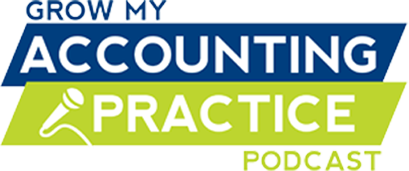Whether you’re selling something that costs $1000 or $100,000, putting together a compelling proposal is time consuming and can be intimidating. Writing that proposal, though, and taking the time to do it right, may be the most productive use of your time. Don’t make the mistake of carelessly throwing a whole lot of facts and figures at a client and hoping you will magically walk away with a sale. Consistently using a formula for building a compelling proposal will improve your sales and make you much more confident.
1. Use the power of comparison. Try this experiment – find one of those ads that uses before and after pics to demonstrate the effectiveness of a product and cover up the before pic. You’ll discover that the after picture isn’t nearly so compelling without the comparison. That contrast – the shock value – is incredibly compelling, and you can use that to your advantage in every proposal you write. Say that your client needs to spend $9000 to update his computer system, and you know that he’s going to think $9K’s a lot of money. Start your proposal with a $100,000 option – one that includes everything and a kitchen sink, so that when he gets to the $9K option, it looks like a great deal. He’ll feel much better about parting with the $9000.
2. Offer 3 choices. Customers want to feel like they’re in control and that they have choices. If you give them just one or two options, they feel backed into a corner, and they may decide to wait, rather than selecting from the option or two that you provide. If you offer too many choices, though, then your client may suffer from analysis paralysis – the inability to meaningfully differentiate among a confusing array of options. Three is the perfect number of choices. Your client will be able to feel good about their decision, and they’re more likely to be satisfied when it’s all said and done.
3. Start high, and go lower. Always start with the highest priced option and work your way down. Odds are that no matter what price you start with, your client may experience some sticker shock, and what you don’t want is to build unpleasant anxiety by escalating prices. When you start with your highest priced option and decrease prices, you’re creating a sense of relief. By the time that your client gets to your second and third options, they sound like a great value compared to the higher priced first option.
4. Use “investment” rather than “cost,” “fee,” or “charge.” Choosing your words carefully means evaluating the connotation of words and using them to your advantage. “Investments” pay off. “Fees” are money you never see again. The differences are subtle, but very important in terms of client satisfaction.
5. Never use price ranges. When you tell a client that it’ll cost them somewhere around $100-$150 to have their office cleaned once a week, you’re setting both you and the client up to be disappointed. You feel like you’ve just landed yourself a $150 job, but the client hears that it’s a $100 job, and if you come in $1 over that $100 price, they’ll be disappointed. Rather than using a range that makes both parties feel less than satisfied, throw out a specific price and be prepared to negotiate it. If you quote the client at $150 and they talk you down to $125, then they feel like they’ve gotten a good deal, and you’re better off than you would have been if you’d charged $100.
6. Personalize the benefits. Use the word “you” when you talk about the benefits your client will receive, and distance them from the “investment” portion of the proposal by discussing the cost to their company. For example, “You’ll have a sparkling clean workplace, and the investment for ABC Company is only $125 per month.” Or “Clients typically invest about $125, and you will be amazed at the difference you see.” Make the benefits personal and the investment impersonal.
The more you practice this formula, the more adept you’ll become at creating a proposal that both wins clients and makes those clients feel good about having given you their business.










